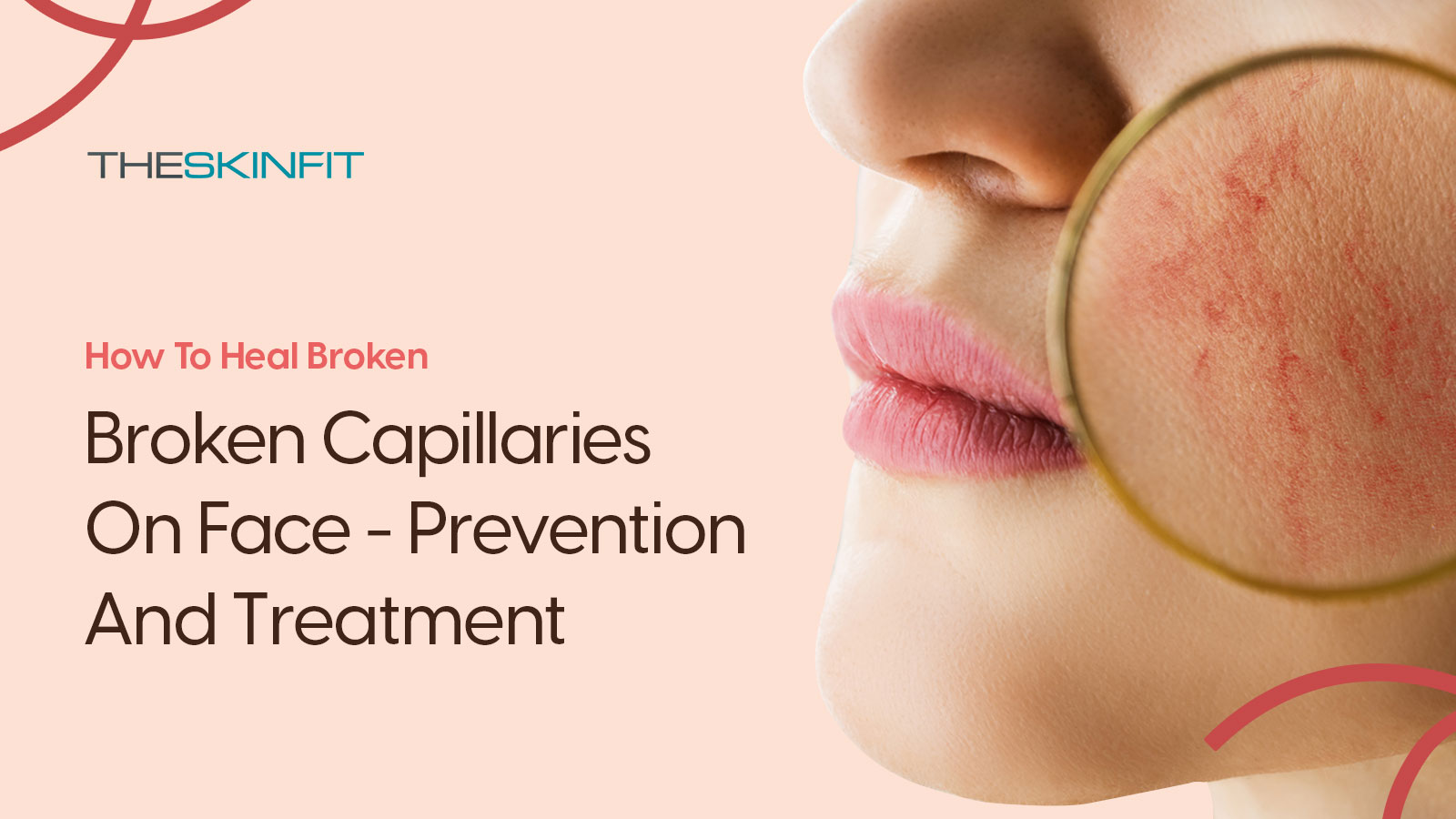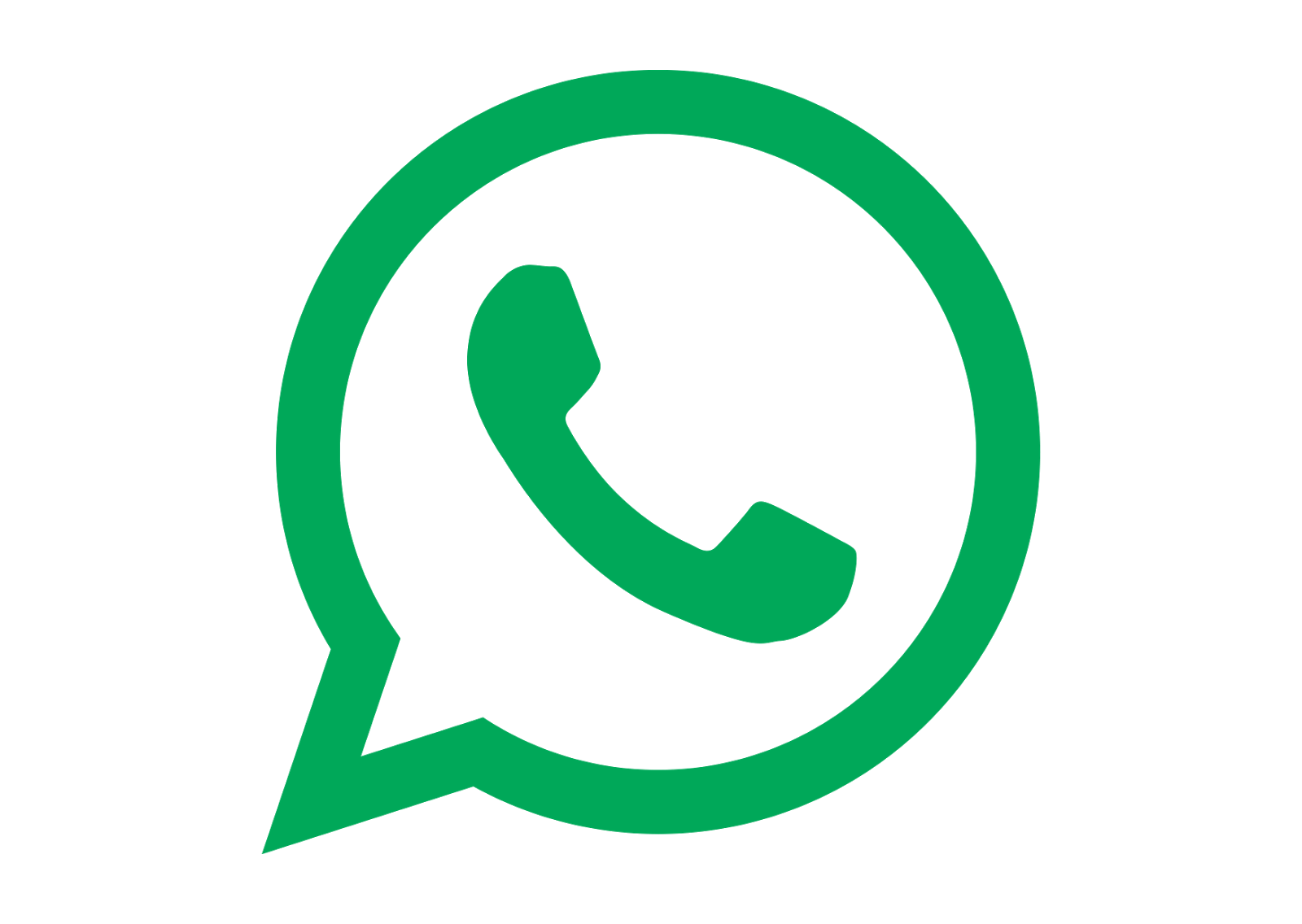So, you have a red patch on your face that has a spidery appearance and does not appear to be fading. There's no need to fret. We are here to solve your problem.
In this piece, we'll talk about broken capillaries, including what causes them, how to cure them, and how to avoid getting them in the first place.
By the time a person reaches 60 years old, spider veins have affected around half of the population. Obesity, older age, and becoming pregnant all contribute to an increase. They occur more frequently in females. So, to avoid them, one must be born a guy, have a low body mass index (BMI), refrain from being pregnant, and keep one's age in check.
All jokes aside, natural cures like apple cider vinegar, witch hazel, and aloe vera, and medical treatments like retinoids, sclerotherapy, laser therapy, and intense pulsed light (IPL) can help you get rid of your acne for good. Stay with us to discover how.
What are the Blood Capillaries on the Face, and why does it Happen?
The swollen blood vessels under your skin are known as broken capillaries. They appear as red, spidery lines on the skin or blood blemishes, and they don't fade away like other blemishes. Scattered veins are most common in the delicate skin around the nose, eyes, and cheeks.
Capillary burst has two primary causes:
- When blood vessels under the skin are damaged, it results in a bruise. These tiny blood vessels are permanently dilated capillaries and can be found all over the face (especially the nose, cheeks, and chin).
- Due to chronic and long-term sun exposure and radiation, little blood vessels can grow all over the nose and the cheeks. Underlying disorders like rosacea can cause frequent flushing (redness) of the face, leading to broken or dilated blood vessels.
What is the Best Treatment for Broken Capillaries?
There are two ways to treat blood-broken capillaries:
1- Laser Treatment
2- Natural Remedies
Laser Treatment
Laser treatment can eliminate capillaries by using a highly concentrated beam of light. IPL (intense pulsed light) therapy is quite similar. It does, however, cover a larger area. Consult a dermatologist to determine the most appropriate treatment plan for your needs.
What precautions should you take before laser treatment?
1. Get your skin ready to be treated.
It's not a good idea to receive laser or IPL treatments if your skin is tanned or inflamed since the lasers and IPL can't "see" the pigment in capillaries and brown patches on dark skin.
Make sure your skin is as clear of pigment as possible, and do everything else your dermatologist tells you to do before your session. Chemical peels, strong exfoliants, and retin-A should also be avoided before treatment.
2. Be aware of any adverse consequences.
Laser and IPL treatments might cause mild redness and swelling for many days. Schedule your consultation three weeks before crucial social gatherings so your face can recover.
Laser and IPL treatments can cause hyperpigmentation and skin damage in rare circumstances. Those with a darker complexion are more likely to have this. Before starting therapy, talk to your dermatologist about adverse effects.
3- Avoid sunlight after therapy.
After treatment, your skin needs time to recover; avoiding sun exposure is essential. To guarantee appropriate healing of your skin, be sure to adhere strictly to your dermatologist's post-treatment recommendations.
Make sure you have enough sunscreen stocked at your house. After therapy, it's best to use sunscreen daily and stay out of the sun completely. For the first two weeks, it's best to restrict exposure to no more than 10 minutes at a time.
4- Check your skin for more broken capillaries.
Treatments are often required between three and five times to eliminate all damaged capillaries. If the blood supply to the broken capillaries wasn't cut off, or if your skin is prone to broken capillaries, you may need laser treatments on a regular basis to get rid of the ugly redness.
Natural Remedy
1- Take lysine and vitamin C.
However, studies have not shown that vitamin C and lysine may reduce damaged capillaries. Consult your doctor before using supplements.
Vitamin C in excess might be harmful. If you want to supplement your diet, avoid taking more than the suggested daily amount.
2- Apply grapeseed oil.
An everyday household item with the potential to heal damaged capillaries is what we're looking at here. Even though the therapy won't remove the capillaries completely, it should help relieve the dry, thin skin that makes them appear. But remember, this treatment isn't suggested for those with oily or acne-prone skin.
3- Take vitamin E oil.
A common belief is that vitamin E oil is beneficial for the skin. It aids the skin in regenerating itself, so damaged skin shows less in the way of broken capillaries and the like. Taking vitamin E pills might lessen the appearance of any broken veins you have.
4- Hydrate with aloe vera
Besides relieving the pain and discomfort of a sunburn, aloe vera can help calm various forms of skin irritation. After exposure to the sun, put some aloe on your face to soothe your skin and restore its natural moisture.
5- Try horse chestnut seed extract cream.
It has been shown that this chemical promotes circulation and enhances vascular health. Moisturize your face and increase circulation with a lotion containing it to see fewer broken capillaries. Although no certain studies are showing its efficacy.
How to prevent broken capillaries?
Above everything else, protect your skin from environmental aggressors. Skin damage may be repaired, sometimes even reversed, with several treatments. The trick is to help the skin's repair mechanisms by doing things for it on the inside and outside. There are a few changes you may make to your food and way of life, such as:
- Consume foods high in vitamin C.
- Eat less processed food and take more protein.
- Consume copious amounts of water all day long and abstain from alcohol and tobacco products.
- Avoid stress and severe temperatures at all costs
- Keeping your skin covered when out in the sun can prevent premature aging.
- Avoid using chlorine when swimming.
Final Verdict
Your face is not a testing ground for everything and everything. However, there is yet to be a quick fix. Take some time to let that sink in. This is going to hurt. Nonetheless, the fact remains. You need to give it some time.
Maintaining a healthy diet is the best solution. Get vitamins A, B complex, C, E, and K by eating colorful vegetables and fruits. Protein, zinc (which helps the body make other proteins and create collagen for skin-tissue regeneration and immune-system support), avoiding junk food, and plenty of water is also recommended.
Both regular yoga and exercise and getting 7 to 8 hours of sleep per night are crucial. Aloe vera or coconut oil can be used topically. After all, the ideal treatment for any injury is a stress-free lifestyle and a cheerful demeanor.
So, what are you waiting for? Explore TheSkinFit Pakistan's leading online cosmetics and beauty store.

